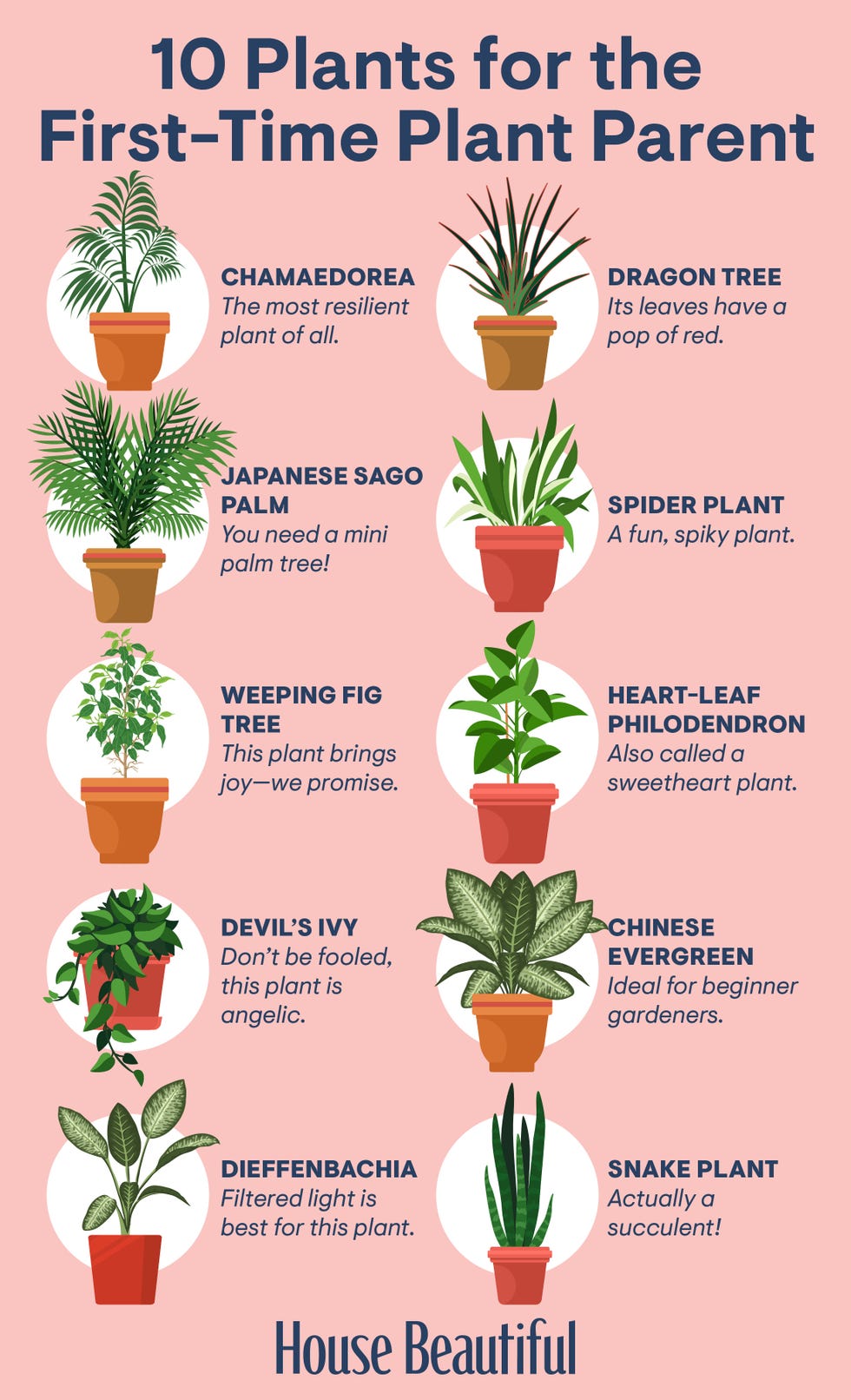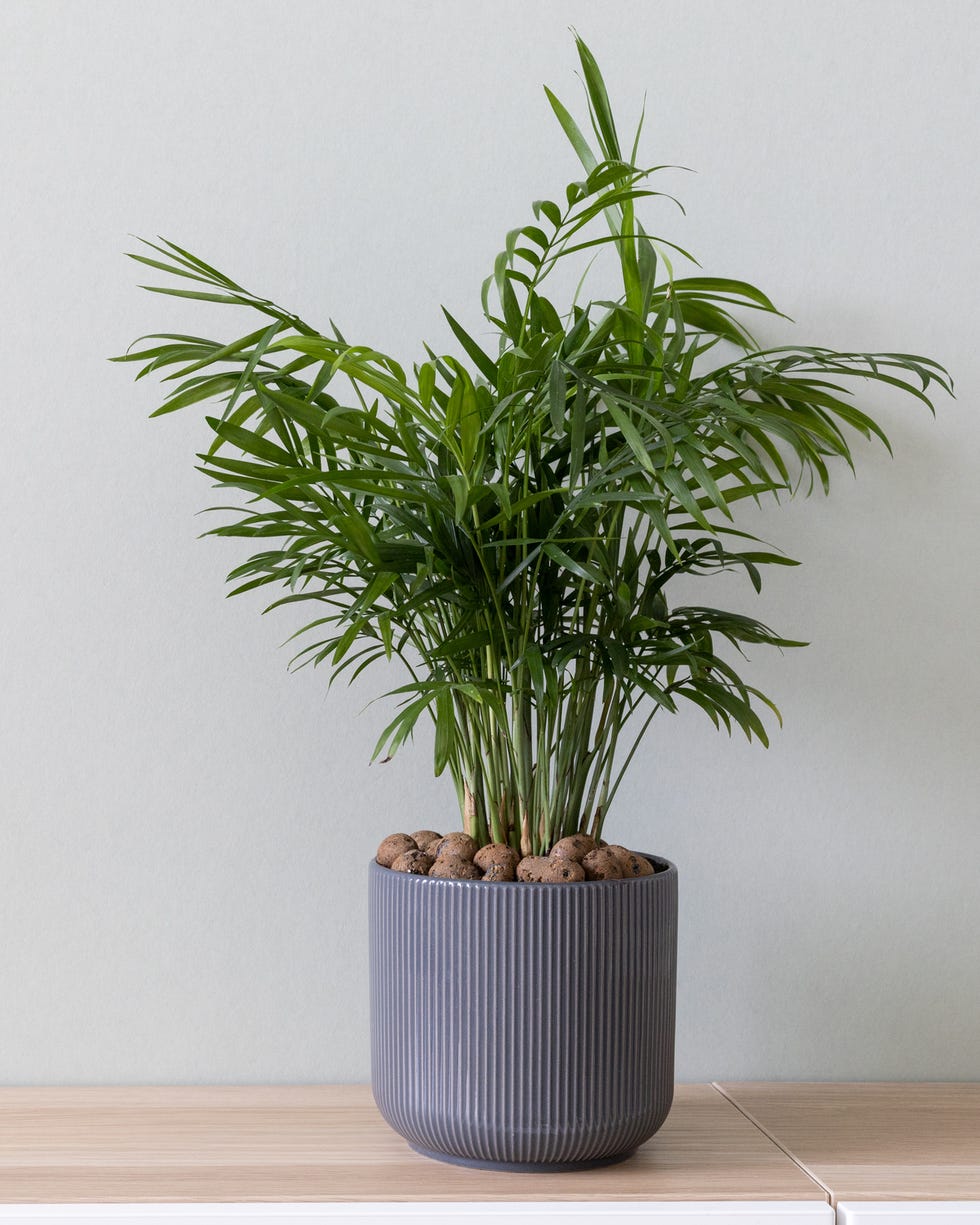How to Care for the Best Low-Light Indoor Plants in Any Environment
How to Care for the Best Low-Light Indoor Plants in Any Environment
Blog Article
Transform Your Home With Beautiful Low-Light Indoor Plants and Their Advantages
Including low-light interior plants into your home can dramatically improve both the environmental and aesthetic quality of your space. These plants, which prosper in dim problems, serve not only as decorative aspects yet also as all-natural air purifiers, making them suitable for urban residents or those with minimal sunshine exposure. As we check out the different sorts of low-light plants and their advantages, you may discover unusual means to incorporate them into your home that can transform your surroundings in methods you could not have actually anticipated.
Benefits of Low-Light Plants
Low-light plants use countless advantages for indoor atmospheres, making them a superb choice for both beginner and knowledgeable garden enthusiasts. Among the key advantages is their adaptability to low-light conditions, allowing individuals to enhance their living areas without the requirement for considerable sunshine direct exposure. This particular makes them ideal for houses, offices, and other areas with limited natural light.

Additionally, including low-light plants right into home decor can elevate the visual allure of a room. Their rich foliage and varied appearances develop a soothing atmosphere, adding to general wellness. Finally, the presence of greenery has actually been connected to lowered stress and anxiety degrees and improved efficiency, making low-light plants a useful choice for improving both physical and psychological wellness in indoor settings.
Leading Low-Light Indoor Plants
While many interior plants thrive in intense light, a number of species are specifically well-suited for low-light problems, making them suitable for various interior spaces. One preferred choice is the Serpent Plant (Sansevieria), understood for its striking upright fallen leaves and durability, requiring marginal care. An additional outstanding alternative is the Pothos (Epipremnum aureum), which features heart-shaped fallen leaves and can track magnificently from racks or hangers, thriving in reduced light and including a lush touch.
The ZZ Plant (Zamioculcas zamiifolia) is celebrated for its shiny leaves and capability to hold up against neglect, making it best for active lifestyles. The Peace Lily (Spathiphyllum) not only tolerates reduced light however additionally creates spectacular white flowers, boosting any room's aesthetic.
For a distinct touch, think about the Cast Iron Plant (Aspidistra elatior), which indeed lives up to its name, growing in the darkest corners of your home. Finally, the Chinese Evergreen (Aglaonema) provides a range of leaf patterns and colors while being remarkably flexible in low-light problems. These plants not just improve interior settings yet additionally add to air filtration, boosting your space.
Care Tips for Low-Light Plants
:max_bytes(150000):strip_icc()/low-light-houseplants-asparagus-fern-getty-1123-74a20afe3f9249ce947a337e497b84ec.jpg)
Sprinkling techniques are important; these plants usually choose somewhat completely dry problems. Overwatering can result in root rot, so make sure that the leading inch of soil is completely dry prior to sprinkling once more. Usage pots with drainage holes to allow excess wetness to get away.
Moisture is another view important element. Lots of low-light plants, such as brushes and tranquility lilies, gain from higher moisture degrees. To raise moisture, take into consideration misting the leaves or placing this a tray of water near the plants.
Fertilization should be approached with care. Throughout the expanding period, make use of a thinned down, well balanced fluid plant food on a monthly basis to sustain development, however prevent fertilizing during the dormant cold weather.

Innovative Ways to Present Plants
Interior plants can act as fascinating focal points in any space, boosting both visual appeal and atmosphere. Imaginative displays can raise the aesthetic impact of low-light plants, making them an integral part of your home decoration. One reliable method is to utilize tiered plant stands, which enable you to display numerous plants at differing heights while optimizing flooring room.
Hanging planters are another innovative choice, producing a sense of deepness and attracting the eye up. Take into consideration macramé hangers or wall-mounted shelves to introduce a special appearance and design.
For an extra organized strategy, usage geometric terrariums or glass containers to house your plants, including a modern-day touch to your interior yard. You can additionally repurpose classic things, such as teacups or wood dog crates, for a diverse screen that shows your character.
Enhancing Home Atmosphere With Plants
Integrating low-light plants into your home not only boosts aesthetic allure however likewise contributes substantially to the general atmosphere. These plants act as natural decor elements, presenting a feeling of harmony that can transform any type of room. The presence of greenery cultivates a relaxing environment, which is especially helpful in high-stress atmospheres such as office or living spaces.
Low-light plants, such as snake plants, pothos, and ZZ plants, are not just cosmetically pleasing however likewise improve interior air high quality by filtering pollutants. This twin function enhances the setting additionally, creating a healthier home (Best low-light indoor plants). The critical positioning of these plants can also affect the assumption of area; for example, tall plants can attract the eye upward, making ceilings appear higher and rooms more large
Additionally, differing appearances and colors of vegetation add deepness to interior layout, permitting creative expression in home designing. Whether positioned on shelves, in edges, or as centerpieces, low-light plants you can try these out can raise the mood of any type of space. In summary, including these plants into your home is a reliable method to cultivate a warm, welcoming environment while enjoying the advantages of improved air quality and aesthetic adaptability.
Final Thought
Integrating low-light indoor plants right into home settings offers countless benefits, consisting of boosted aesthetic charm and boosted air quality. These durable plants, such as the Serpent Plant and Peace Lily, need marginal light and upkeep, making them suitable for varied way of livings. Their ability to filter contaminants adds to a healthier space, while their diverse appearances and colors enhance indoor style (Best low-light indoor plants). Ultimately, the addition of low-light plants promotes a calm and inviting atmosphere, changing any kind of home right into a relaxing sanctuary.
While many indoor plants prosper in intense light, a number of species are especially fit for low-light conditions, making them suitable for various indoor spaces. One efficient technique is to make use of tiered plant stands, which allow you to display several plants at differing elevations while making the most of floor area.
Low-light plants, such as serpent plants, pothos, and ZZ plants, are not just cosmetically pleasing yet additionally boost interior air high quality by filtering system pollutants. Best low-light indoor plants. The tactical placement of these plants can additionally affect the assumption of area; for instance, tall plants can draw the eye up, making ceilings show up higher and areas extra large
These durable plants, such as the Snake Plant and Tranquility Lily, need very little light and maintenance, making them suitable for varied way of lives.
Report this page